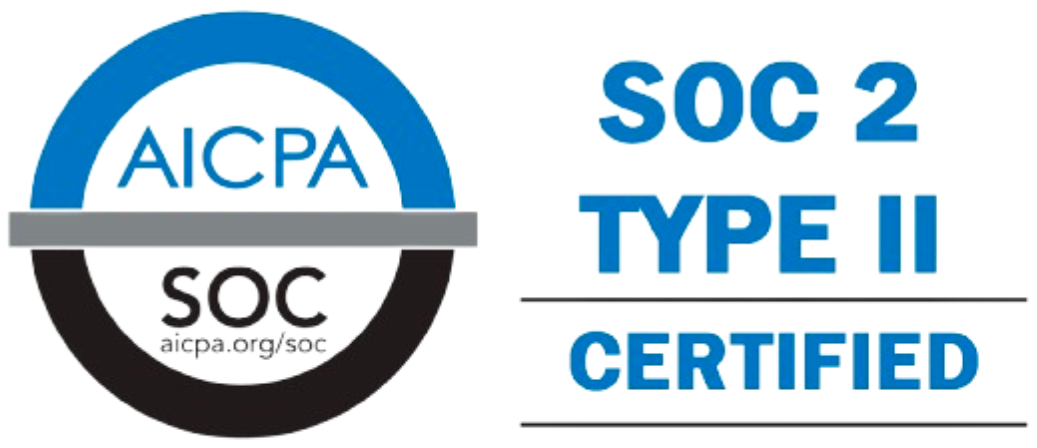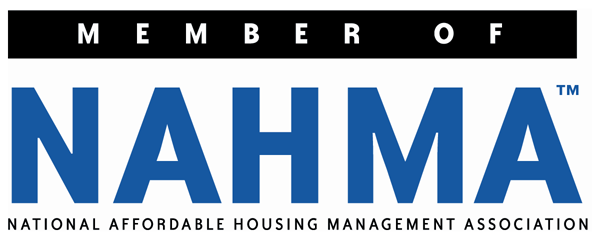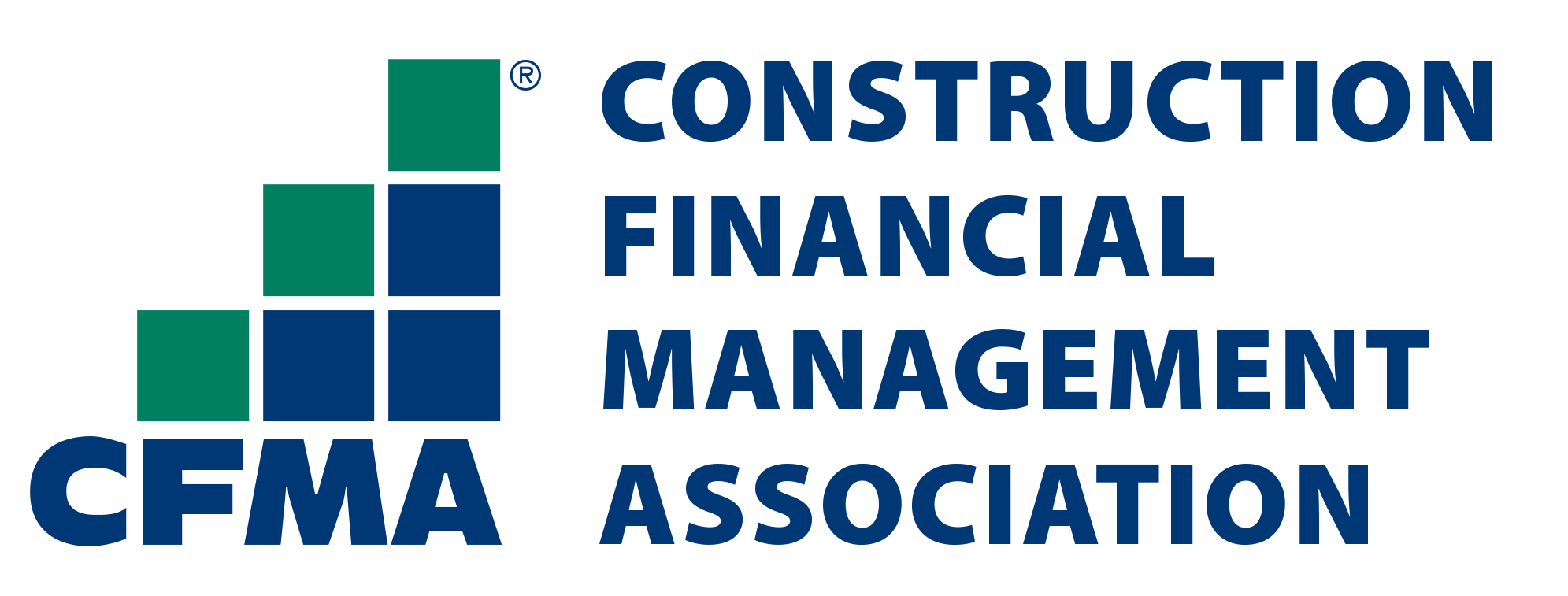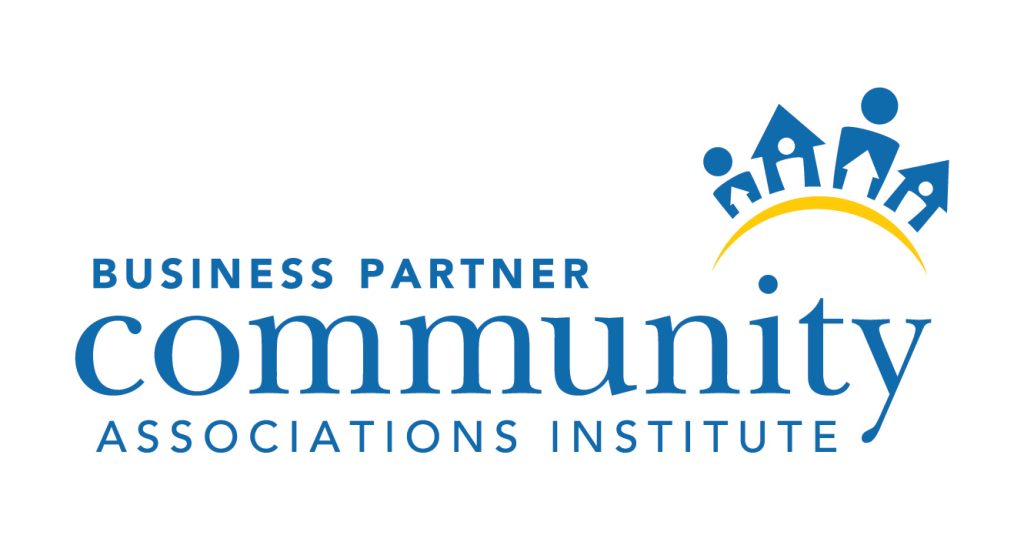
Financial Underwriting: A Complete Guide for Real Estate Investors
- September 5, 2024
- OHI

Financial underwriting plays a critical role in the financial analysis of a property to determine its investment potential. It involves reviewing income, expenses, risks, and returns to assess whether the purchase aligns with an investor’s objectives. While lenders rely on underwriting for lending decisions, investors use it to gauge if an acquisition meets their financial goals.
Unlike traditional underwriting, which focuses on the borrower, financial underwriting centers on the asset’s ability to generate enough income to cover expenses, service debt, and provide a return on investment.

Financial underwriting involves several components to help investors and lenders understand a property’s financial health. Let’s break down these key elements:
The first step in financial underwriting is to analyze the property’s income potential. This involves:
An accurate income analysis ensures that the projected cash flow from a property is realistic.
Next, it’s essential to evaluate the property’s expenses, which are divided into two categories:
Operating expenses include all costs necessary to maintain and operate the property. Analyzing expenses helps determine the property’s Net Operating Income (NOI).
NOI represents the difference between Effective Gross Income (EGI) and Operating Expenses, indicating the property’s profitability before financing costs (debt service).
NOI Formula:
NOI = Effective Gross Income (EGI) – Operating Expenses
A positive NOI suggests that the property generates sufficient income to cover operating expenses, while a negative NOI could signal potential financial risks.
The Debt Service Coverage Ratio (DSCR) measures whether a property generates enough income to cover its debt obligations (loan payments). A DSCR greater than 1 indicates that the property’s income exceeds its debt payments, while a DSCR below 1 suggests insufficient income.
DSCR Formula:
DSCR = Net Operating Income (NOI) / Debt Service (Loan Payments)
Lenders typically require a minimum DSCR of 1.20 to approve financing, ensuring a buffer for unexpected expenses or income fluctuations.
The Cap Rate is a common metric used in financial underwriting to estimate the return on investment, assuming the property is purchased outright (without financing). It’s calculated by dividing the NOI by the property’s market value or purchase price.
Cap Rate Formula:
Cap Rate = Net Operating Income (NOI) / Property Value
A higher cap rate generally indicates higher returns and risks, while a lower cap rate typically suggests lower returns with reduced risks.
The Loan-to-Value Ratio (LTV) is the ratio of the loan amount to the appraised value or purchase price of the property. Lenders use LTV to assess risk: a lower LTV indicates that the borrower has more equity in the property, reducing the lender’s risk.
LTV Formula:
LTV = Loan Amount / Property Value
Most lenders prefer an LTV of 75% or lower, meaning the borrower should contribute at least 25% of the property’s value as a down payment.
The final step in financial underwriting is to analyze the property’s cash flow, which measures net income after all expenses and debt obligations are paid. Positive cash flow means that the property generates excess income, while negative cash flow indicates a loss.
Cash Flow Formula:
Cash Flow = Net Operating Income (NOI) – Debt Service
Positive cash flow is crucial for investors, as it provides short-term returns and long-term investment security.

Financial underwriting helps mitigate risk by assessing a property’s ability to generate income and withstand market fluctuations. Key metrics like NOI, DSCR, and LTV are used to evaluate whether the investment aligns with an investor’s risk tolerance and financial objectives.
Investors use financial underwriting to make informed decisions by comparing properties based on expected returns and potential risks. This analysis allows them to select the most suitable investment opportunities.
Lenders rely on financial underwriting to determine whether a property generates enough income to cover its debt obligations. Properties with strong financial metrics are more likely to secure favorable loan terms, ensuring the property’s viability as collateral.
Underwriting plays a vital role in determining a property’s value. Metrics like the cap rate and cash flow can significantly influence the property’s appraised value, affecting loan amounts and investment potential.
Real estate investors and property managers often turn to outsourced accounting services to streamline the financial underwriting process. Specialized accounting services offer several advantages:

Financial underwriting is a critical tool for real estate investors, providing a structured method for evaluating a property’s financial health. By understanding metrics like NOI, DSCR, LTV, and cap rate, investors and lenders can make informed decisions, mitigate risks, and ensure long-term investment success.
Outsourcing accounting tasks to a professional firm enhances the underwriting process by ensuring accuracy, compliance, and efficiency. Mastering financial underwriting is essential for achieving success in real estate investments, whether you’re an experienced investor or just starting out.
Contact us for a customized NO OBLIGATION proposal for outsourcing your accounting activities.









